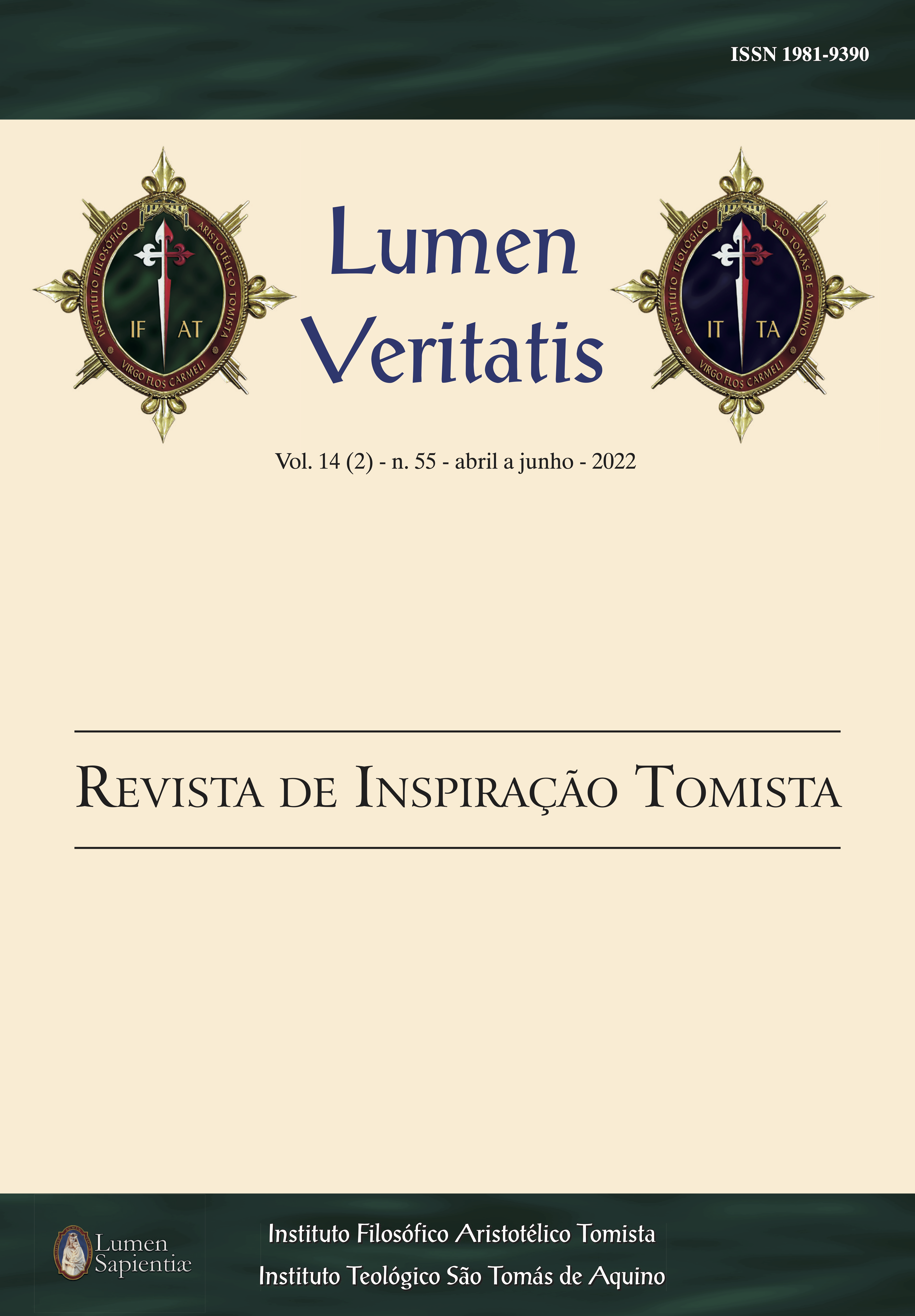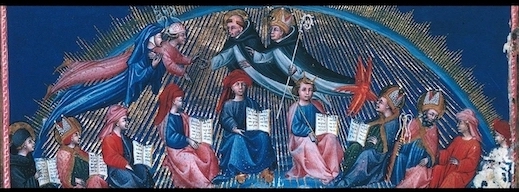El carácter memorial de la Última Cena y la contribución de María en su renovación litúrgica
Palavras-chave:
Memorial, Last Supper, Eucharist, liturgyResumo
Resumen
La actualización litúrgica del sacrificio de Cristo tiene una relación intrínseca con las palabras del Redentor al completar la institución de la Eucaristía: “Haced esto en memoria de mí” (Lc 22,19).
Ya en la Iglesia primitiva se había comprendido este mandato de Cristo en su carác- ter de memorial litúrgico por el cual, cada vez que se renueva el ofrecimiento de la Última Cena, se ofrece de nuevo el sacrificio que Él ahí ofreció y consumó al día siguiente.
Esta palabra, en el contexto de la liturgia judía, está llena de un profundo y singular significado que la teología católica fue conociendo cada vez con más profundidad, siendo a finales del siglo XX que se encuentra una visión teológica más completa sobre su aplicación a la liturgia eucarística. Los estudios de Heinz Schürmann, Max Thurian y Joachim Jeremías han lanzado luces nuevas sobre su comprensión. Esta consideración se une a la triple dimensión temporal de la cena sacrificial pre-pascual, pascual y pospascual, evidenciando una relación intrínseca entre la Cena, el Calvario y la Resurrección. Eventos que se realizan y renuevan en cada celebración litúrgica de la Iglesia. Así, en su triple dimensión temporal de ofrecimiento, realización y actualización sacramental, trascienden en su sentido ontológico a los actos simplemente humanos. Este sacrificio de valor divino se hace efectivo por el hombre Jesucristo, nacido de mujer, sujeto a la Ley (cf. 1Tm 2,5; Gal 4,4), evidenciando que las acciones teándricas de Jesús se hacen posibles por su naturaleza humana, hipostáticamente unida a su naturaleza divina en la unidad personal, misterio que se realiza en María, por María y contando con la aceptación voluntaria y activa de la “esclava del Señor” (Lc 1,38).
Abstract
The liturgical actualization of the Paschal Mystery of Christ’s sacrifice has an intrinsic relationship with the words of the Redeemer at the end of the Institution of the Eucharist, “Do this in Memory of Me” (Lk 22, 19).
Already in the early Church this mandate of Christ had been understood in its char- acter of liturgical memorial, by which, each time the offering of the Last Supper is renewed, the sacrifice that He offered and consummated the following day is offered anew.
This word, in the context of the Jewish liturgy, holds a deep and singular meaning that Catholic theology has come to know more profoundly, since it was only at the end of the twentieth century that a complete theological vision of its application to the Eucharistic liturgy emerged. The studies of Heinz Shürmann, Max Thurian and Joachim Jeremias have shed new light on its meaning.
This consideration is linked to the triple temporal dimension of the pre-pascal, pascal, and post-pascal sacrificial supper, evidencing an intrinsic relationship between the Supper, Calvary and the Resurrection; events that take place and are renewed in every liturgical celebration of the Church. Thus, in their threefold temporal dimension of offering, realization and sacramental actualization, they transcend simply human acts in their ontological sense. This sacrifice of divine value is made effective by the man Jesus Christ, born of woman, subject to the Law (cf. 1Tm 2,5; Gal 4,4), demonstrating that the theandric actions of Jesus are made possible by His human nature, hypostatically united to His divine nature in personal unity, a mystery that is realized in Mary, through Mary and counting on the voluntary and active acceptance of the “handmaid of the Lord” (Lk 1,38).






